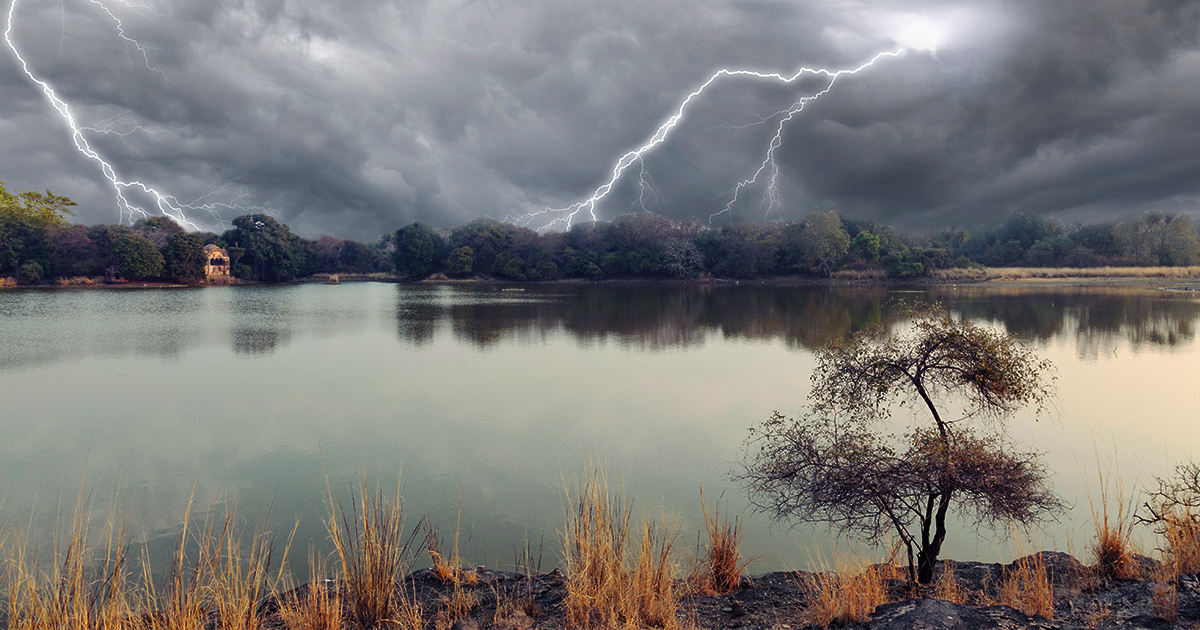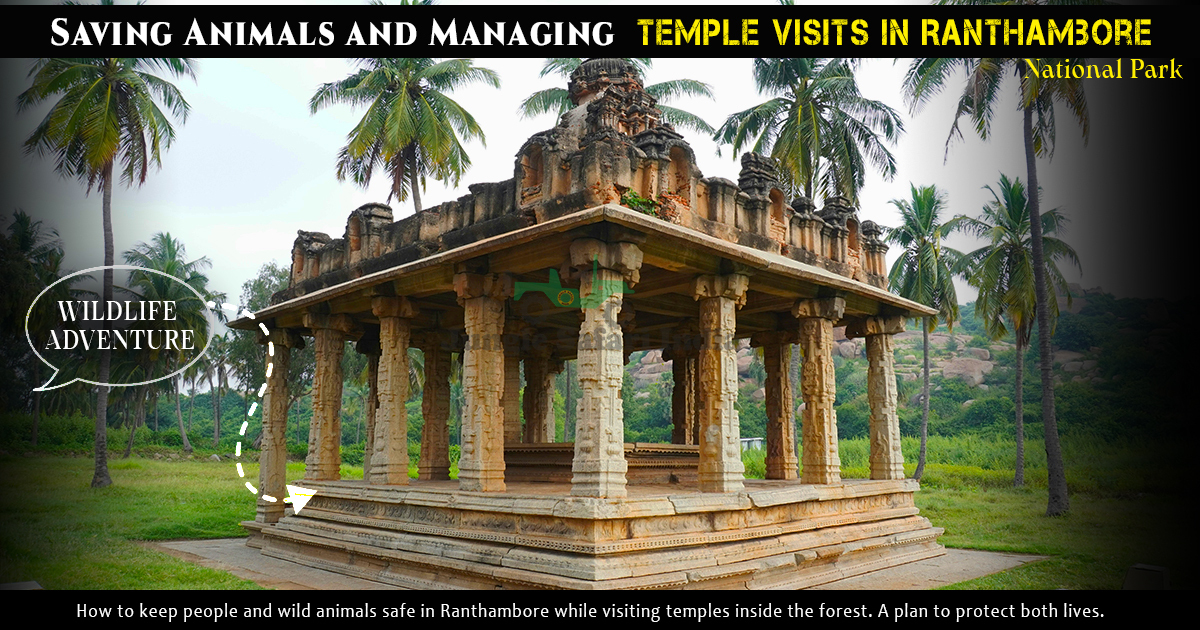The climatic condition of India depends on latitude, longitude, and season. If you are traveling to Rajasthan, the climate tends to vary depending on its topography. This north-western part of India is prone to different climate changes.
And on the foothill of the Aravali and the Vindhya ranges, there exists the most thrilling forest called Ranthambore National Park. The park embraces both lower rainfall and humidity. While to the east of the forest, weather can be characterized by high humidity and better rainfall.
The park is better known for its arid subtropical climate. In a layman’s term-arid climate experiences the hottest and driest days to the residents of the place. This occurs in the desert areas, with lower humidity and rainfall. For thesis reasons surviving in these regions becomes difficult for the people as well as the humans.
To better understand the climatic conditions in Ranthambore national park, let’s look at the seasons of this place.
- Summer Season- This season starts to form the end of March and carries off until June. The first experience experienced the year’s hottest days with an average temperature of 46 degrees Celsius accompanied by the lowest humidity. This is the most challenging time for the villagers and the animals.
Most of the animals hide from the scorching rays of the sun under trees or in their den. This time is not at all good for the tourists to visit the park. Sighting of the animals becomes difficult in Ranthambore National Park, and many animals die in this season due to the unbearable heat of the summer.
- Monsoon Season- This season appears at the end of June. The rain occurs once or twice a week; the Weather remains full of humidity and hot. Aridity is a common phenomenon around the Ranthambore National Park. For that reason, the place experienced no rainfall for 10-15 days as well, but sometimes there is severe rainfall in Ranthambore, for which tourists are not allowed to excavate the forest at that time. Animals enjoy the first water drops after the prolonged heat of the summer.
- Winter Season- Winter comes with glory on the faces of the villagers and the animals too. They can enjoy their livelihood in the deep forest across the Ranthambore Area. This season extends from the end of September till March. The days of winters are pleasant, with temperatures varying from 20 degrees Celsius in the daytime, and the night becomes quite chilly when the temperature dips to 10 degrees Celsius. Ranthambore safari is the penchant of this season. People love to see the forest on safaris, for that, obtain a ticket for Ranthambore Safari Booking from the entry gates.
The End
Thus, with a wide variety of animals like Hyena, leopard, the majestic Royal Bengal tigers, bears, deer, and other rare animals with an omnipotent birdlife, Ranthambore National Park always swings in a mood of happiness, fun, and entertainment.





